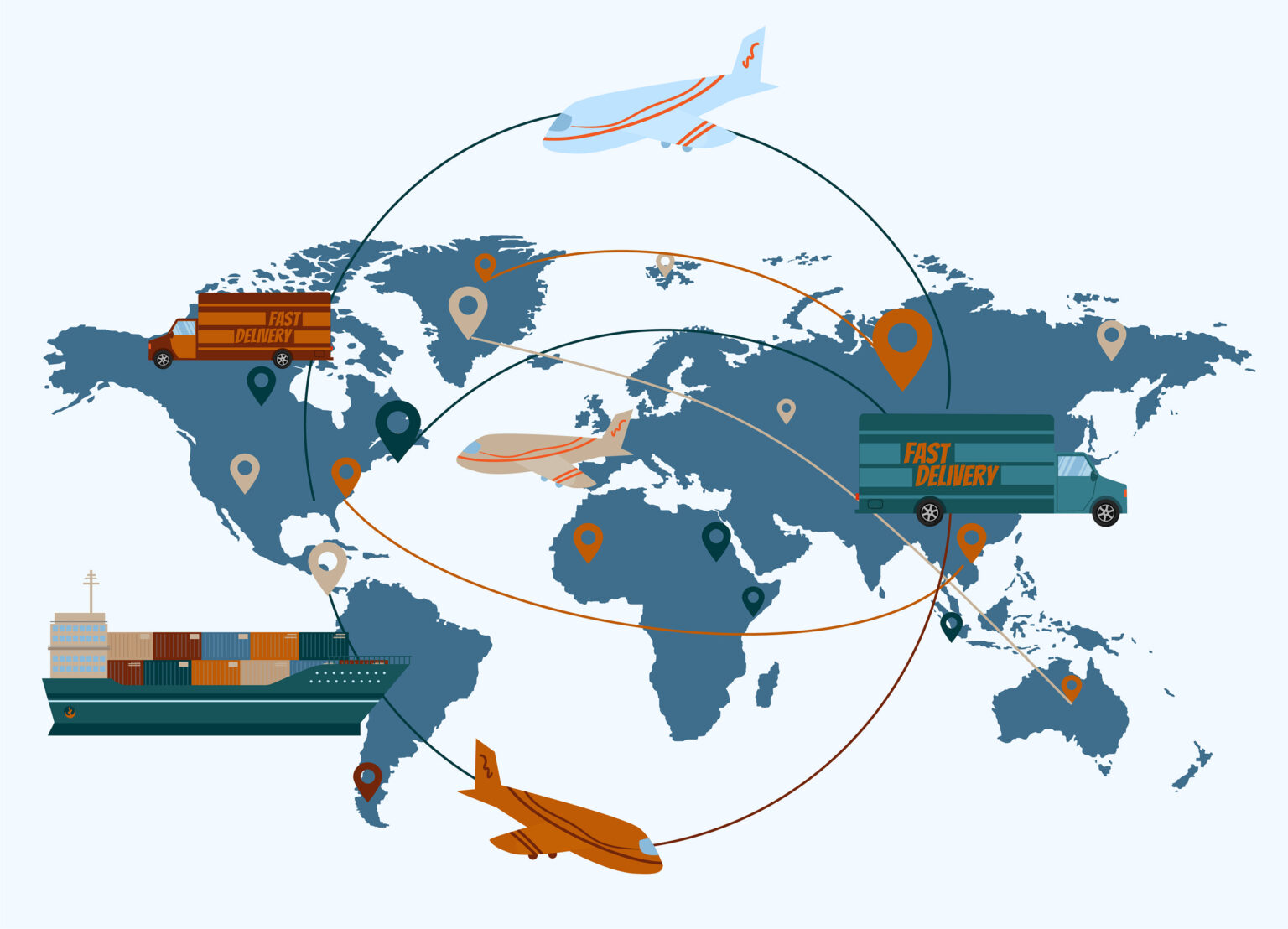Global Supply Chain Reinvention Is Rewriting Business Resilience in 2025

In 2025, global businesses are undergoing a dramatic transformation in how they design, manage, and safeguard their supply chains. What began as a reactive shift in response to the COVID-19 pandemic and geopolitical instability has evolved into a full-scale reinvention. Today, supply chain resilience, visibility, and agility are top strategic priorities, redefining how businesses scale and serve customers in a volatile world.
From raw material sourcing to last-mile delivery, companies are modernizing their supply chains using cutting-edge technologies and new logistics philosophies. Disruptions are no longer “if,” but “when”—and organizations that are prepared are gaining a clear competitive advantage.
From Global Dependence to Smart Diversification
For decades, supply chains were optimized for cost-efficiency, with lean inventories and heavy reliance on single-country sourcing—especially in regions like Southeast Asia and China. However, the combination of global lockdowns, port congestion, inflationary shocks, and political tensions has exposed the fragility of these linear, overly centralized models.
In 2025, the trend is shifting toward:
- Nearshoring and reshoring to bring production closer to end markets.
- Multi-sourcing strategies to avoid single points of failure.
- Digitally connected ecosystems that enable real-time decision-making.
- Circular supply chains that reduce waste and increase sustainability.
“Resilient supply chains are now boardroom-level discussions, not just logistics department concerns,” says Thomas Ortega, a global supply strategy consultant and contributor to Leaders Vision Magazine.
The Technology Driving Reinvention
Supply chains today are becoming smarter, faster, and more transparent thanks to an ecosystem of transformative technologies:
- Artificial Intelligence (AI) for demand forecasting and route optimization.
- Blockchain for traceability and authentication across the value chain.
- IoT (Internet of Things) for real-time tracking of goods and assets.
- Digital Twins for virtual modeling and stress-testing supply chain decisions.
- Robotics and automation for warehouse operations and order fulfillment.
These tools allow companies to react instantly to disruptions, identify bottlenecks, and make proactive adjustments in production, procurement, or logistics.
Business Benefits of Modern Supply Chains
The organizations embracing supply chain transformation are reaping measurable rewards:
- 🚛 Reduced Downtime and Delays
Real-time monitoring and flexible routing help companies avoid bottlenecks. - 📦 Improved Customer Satisfaction
Shorter delivery windows and reliable product availability boost brand trust. - 🔄 Increased Agility
Businesses can pivot quickly in response to market changes or material shortages. - 🌱 Stronger ESG Performance
Localized sourcing and circular models support sustainability goals and compliance.
Industries Leading the Way
- Consumer Electronics: Brands are diversifying chip suppliers and adopting modular designs.
- Retail: Big-box retailers are building regional distribution hubs closer to demand centers.
- Healthcare: Hospitals are creating redundant supply networks to secure medical essentials.
- Automotive: EV manufacturers are reengineering battery supply chains to reduce geopolitical risk.
The Road Ahead
Looking forward, supply chain resilience will be as important as innovation. As the world faces continued environmental, political, and economic uncertainty, future-ready companies are treating supply chains as strategic assets rather than background infrastructure.
At Leaders Vision Magazine, we are committed to spotlighting the technologies, people, and partnerships that are enabling a new era of global resilience and operational excellence.